
|
Baking is one of the most fundamental food preparation methods, but it can also be daunting for the inexperienced. More than taste or smell, baking relies on physics and chemistry, as evident by the measured amounts of each ingredient, oven temperatures, and many other specific requirements. But don’t let that scare you. To be able to produce delicious baked goods, all you need is a little experience (and knowing your oven will also help). If you’re frustrated with your attempts at baking, these 18 tips will make it easy to figure out what you’re doing wrong and how to correct it. |
 |
|
1. Skipping or Missing a Step in the Recipe The result: you’re not sure why your pastry failed The most common mistake people make when baking is not paying attention to the recipe. It’s not only about missing or skipping a step, but rather not understanding the raw ingredients or the wording. For example, if a recipe calls for “1 cup walnuts, chopped” – it means you need to fill a cup with whole walnuts, then chop them. It doesn’t mean you need to fill a cup with pre-chopped nuts. Another example is supplementing whipping cream for heavy cream, etc. Take your time reading the recipe. 2. Opening the Oven Too Often The result: your pastry collapses It’s tempting to peek into the oven and check how your pastry is doing, but opening the oven, even for a few seconds, lets cold air in, which interrupts the baking process, unnecessarily extending – or even disrupting - it completely. If you want to open the oven, wait until the pastry has fully risen, and even then it is recommended only to check on it at the very end. 3. Working with Room-Temperature Dough The result: the dough rips, sticks, or is difficult to work with After kneading the dough, it should be placed in the fridge for at least 30 minutes. When left in the fridge, the dough solidifies, making it much easier to handle. Dough that is not chilled will be hard to work with, particularly after flattening and handling it raises its temperature even higher. Furthermore, after cutting your cookie dough into cookies, it’s better to stick them in the fridge for a short time before putting them in the oven. |
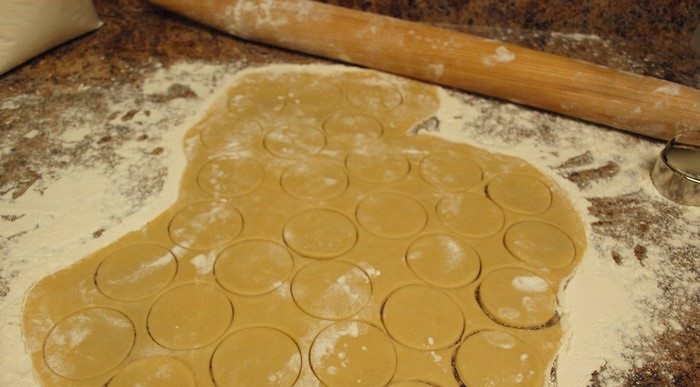 |
|
4. Not Preheating the Oven The result: your pastry is unevenly cooked Almost all pastry recipes will tell you to preheat the oven. Many people skip this step, thinking that it’ll save them time and electricity, but here’s why you shouldn’t: As it heats up, the oven sucks in outside air, which can add unneeded moisture to the pastry. Wait until your oven is at the desired temperature and only then put your dough inside. 5. Doubling or Halving Quantities The result: the pastry comes out wrong On the surface it makes sense – if you need half as many cookies, just use half the amount of each ingredient. Need a bigger cake? Double the quantities. This works for cooking, but when it comes to baking, things get a little more complicated. By changing the quantities, baking time also varies, but it’s not proportional. If you need to double the amount, it’s better to make two batches, and put them in the oven separately. If you want to make a smaller portion, check the oven sooner, to make sure your pastry isn’t burning. 6. Kneading the Dough Too Much The result: the cookies or base come out too hard You probably want your dough to be even and consistent, so you keep kneading it. The problem with this is that over-kneading causes the gluten in the dough to harden, making the pastry come out hard as well. When kneading the dough, use light motions, and stop once there’s no more loose flour in the bowl. If you’re using a blender, only use it combine the ingredients, then knead the rest by hand. |
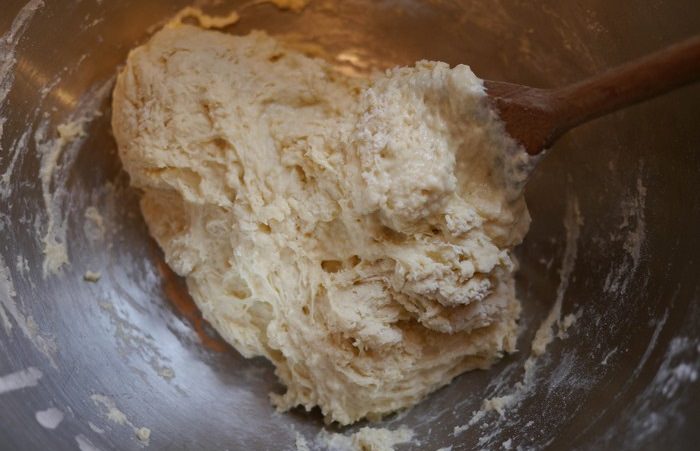 |
|
7. Being Stingy on the Fats When Making Cookies The result: cookies with cake-like texture Most people prefer to use less fat, but you can be too stingy if you’re making cookies. Fat makes the cookies crispier; that’s why cookie recipes that call for both butter and oil end up producing soft cookies that melt in your mouth. If you forgo fat and use only egg whites, your cookies will have a cake-like texture. 8. Not Greasing the Baking Sheet or Pan The result: the pastry sticks to the bottom Whether you use a baking sheet or not, don’t forget to grease it before placing the dough on it. It doesn’t matter if the pastry is sweet or savory. 9. Beating Cold Egg Whites The result: the mix doesn’t become stiff, soufflés don’t rise and cakes collapse Room-temperature egg whites will stiffen more, compared to ones that come straight out of the fridge. If you store your eggs in the refrigerator, separate the whites from the yolk and let them warm up to room temperature for a few minutes before you begin. |
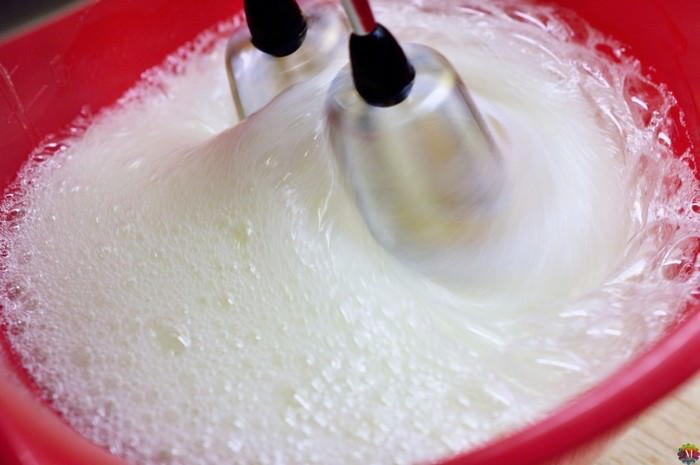 |
|
10. Baking Too Many Things at Once The result: pastries cook unevenly This often happens when guests are coming, and you’re in a rush, so you stick a few pans in the oven. A good oven will be able to handle 2-3 baking pans, but if you fill the thing up, you block the air flow and temperature distribution. If you need to do a lot of baking, plan your time wisely. 11. Leaving Cookies in the Oven Too Long The result: hard, browned cookies You might think that you should only remove the cookies from the oven once they start turning golden-brown, but when it comes to cookie – less is more, because even after you remove them from the oven, they will harden. This does, however, depends on the recipe, but if you keep burning your cookies, try taking them out just as they start turning golden. 12. Turning the Heat Too High The result: a “domed” cake A cake with a domed top can result from using a cake mold that is too small, or an oven that is too hot. Even if you followed the instructions and preheated the oven to the stated temperature, remember that not all ovens are the same, and yours may be too hot. If this is a reoccurring problem, try reducing the temperature by 20 degrees at a time and see if anything changes. |
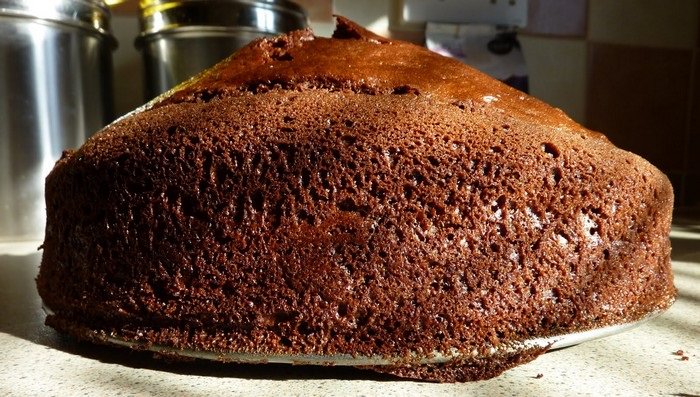 |
|
|
|
13. Leaving Bread or Muffins to Cool in the Baking Dish The result: a soggy bottom After you remove bread or muffins from the oven, it takes about five minutes for trapped steam to cool down and become water once again. Once this happens, the bread will start “sweating” that water, causing it to turn the bottom of the pastry soggy. Make sure to remove bread and muffins from the pan within five minutes and let the steam evaporate. 14. Overheating the Butter The result: cookies lose their shape and cakes are too dense Unless you’re making crispy dough, which calls for cold butter, or in any recipe that states otherwise – your butter should be at room temperature in order to bond with the other ingredients properly. If you’re in a rush, you may pop it in the microwave, but if the butter is too soft, it will make the cookies too runny when baked, thus losing their shape. With cakes – runny butter means you can whip it with sugar properly, leading to a denser cake. If you want your butter to warm up faster, cut it into smaller chunks. Room temperature butter will still be solid, but will give in under very light pressure. 15. Not Sifting the Flour The result: dense or lumpy pastry Sifting your flour is imperative if you want the dough to rise well, and give your pastry a fluffy texture. Many people skip this phase, but it’s not complicated nor time-consuming. Furthermore, sifting the flour helps break up any lumps that may have formed in it. |
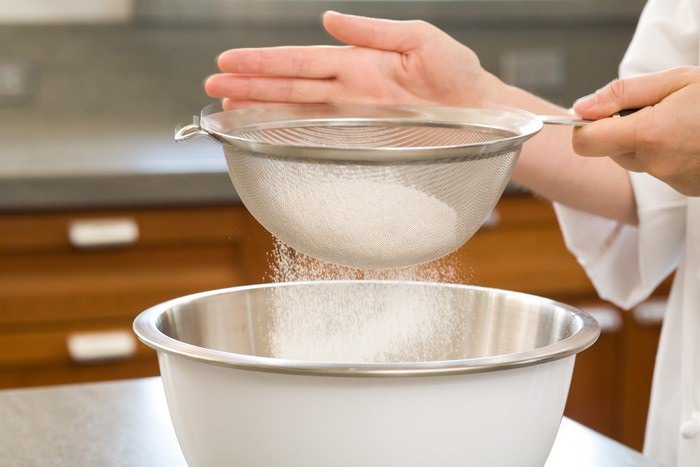 |
|
16. Switching Baking Powder for Baking Soda (or Vice Versa) The result: the pastry doesn’t rise or tastes odd It’s easy to confuse baking powder with baking soda, but you can’t replace one with the other. Baking soda needs an acid to bond with while baking powder already has that acid. If you don’t care about the chemistry, just remember not to switch between the two, and stick to the recipe. 17. Cutting the Pastry Before it Cools Down The result: the pastry flakes and pieces are uneven Even if your guests are hungry, don’t give in – both cakes and pies have to cool down a little in order to solidify and harden since the baking process continues outside the oven. Don’t be tempted to put them in the fridge to save time – the extreme temperature change will make them sticky or even collapse. You can start cutting away once the top layer solidifies. 18. Frosting the Cake When it is Still Warm The result: uneven and flaky frosting Whether you’re in a rush or just hungry, you should let your cake cool down before frosting it. If you apply the frosting while the cake is still hot, bits and crumbs from the upper layer will stick to the spreader and mix with the frosting. |
 |